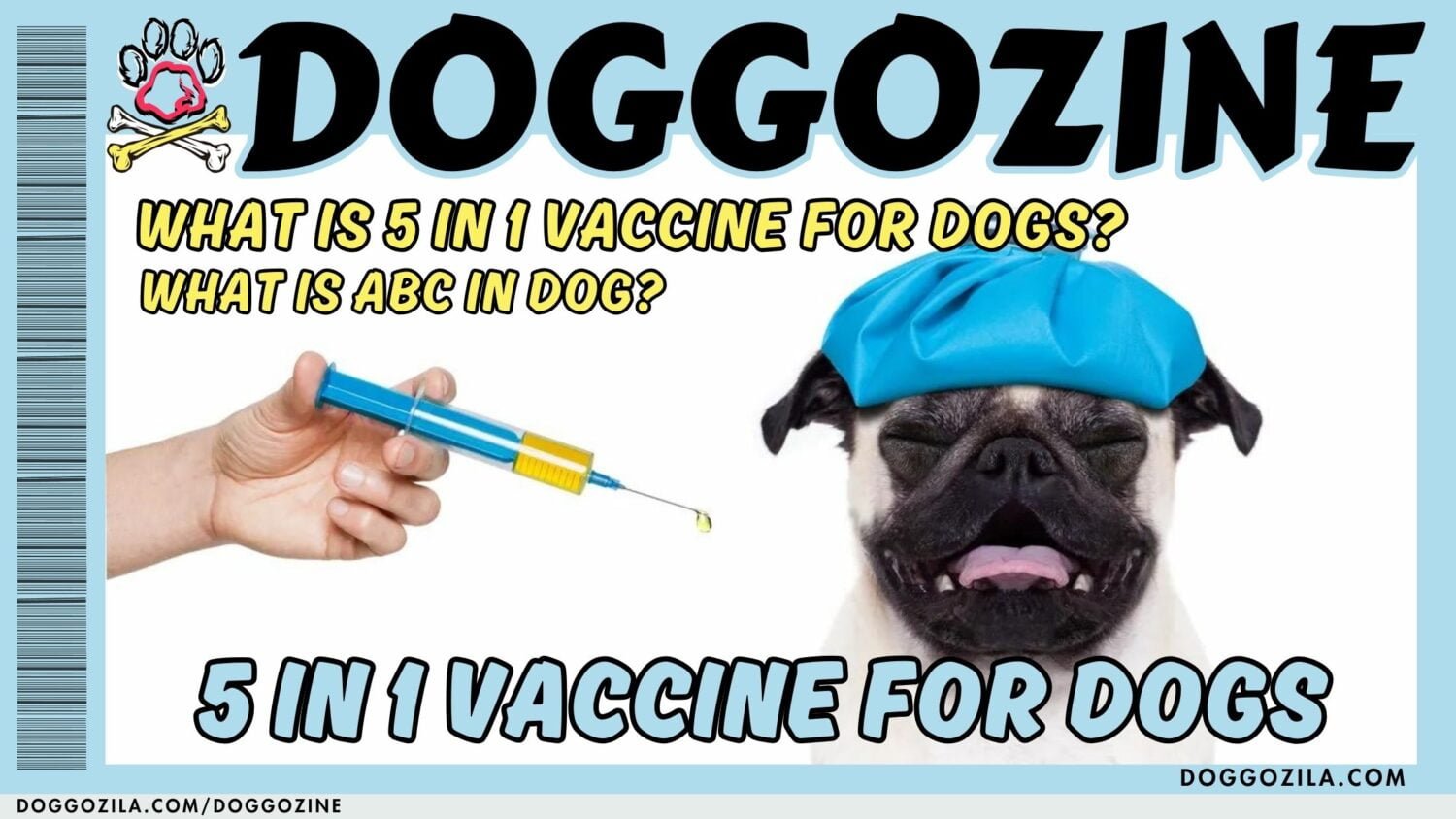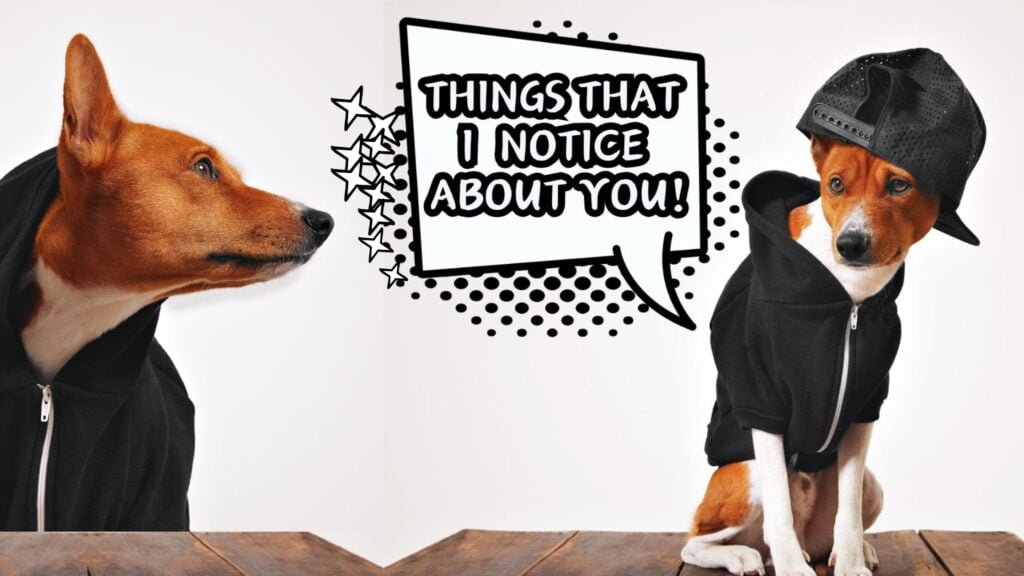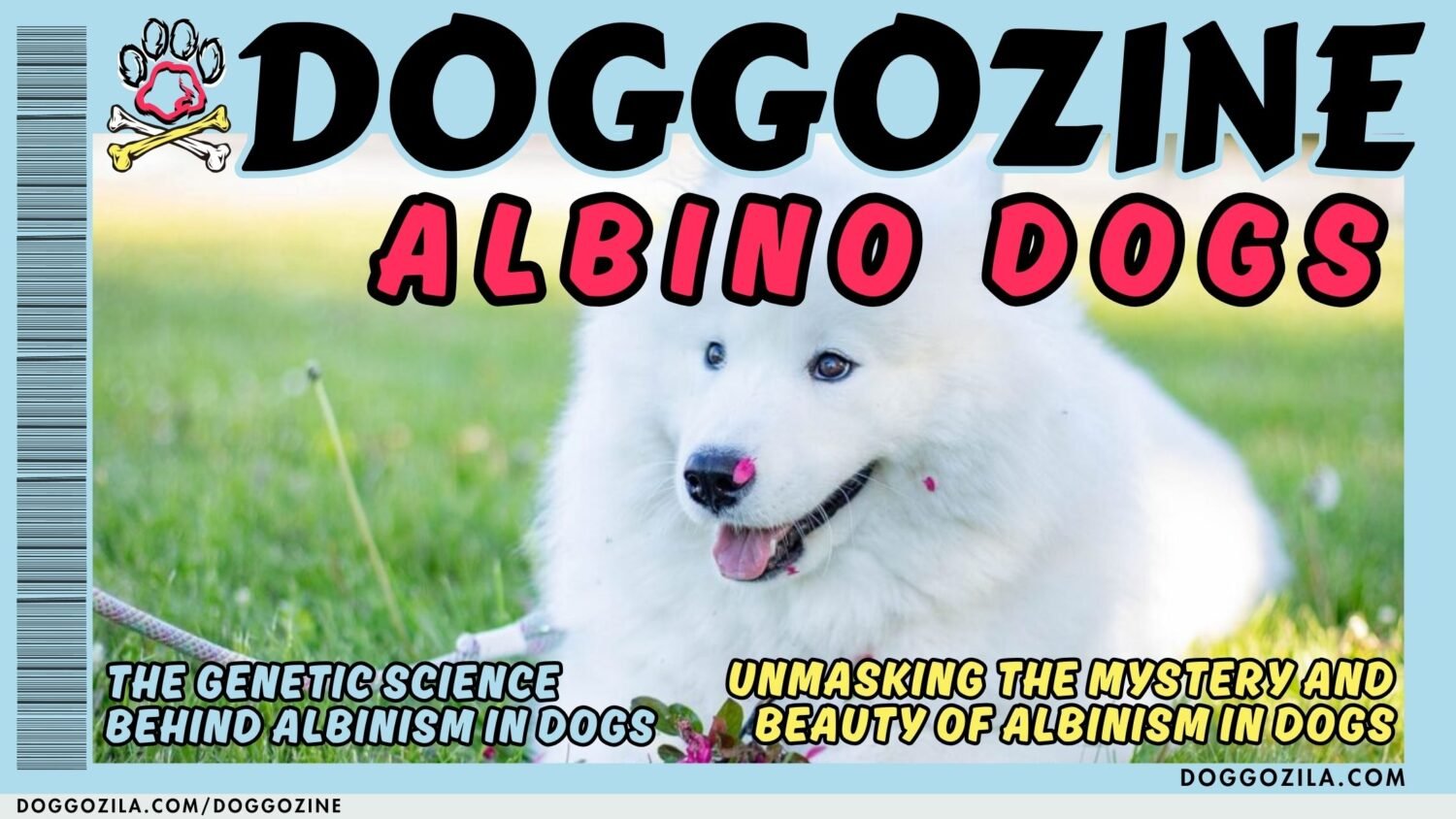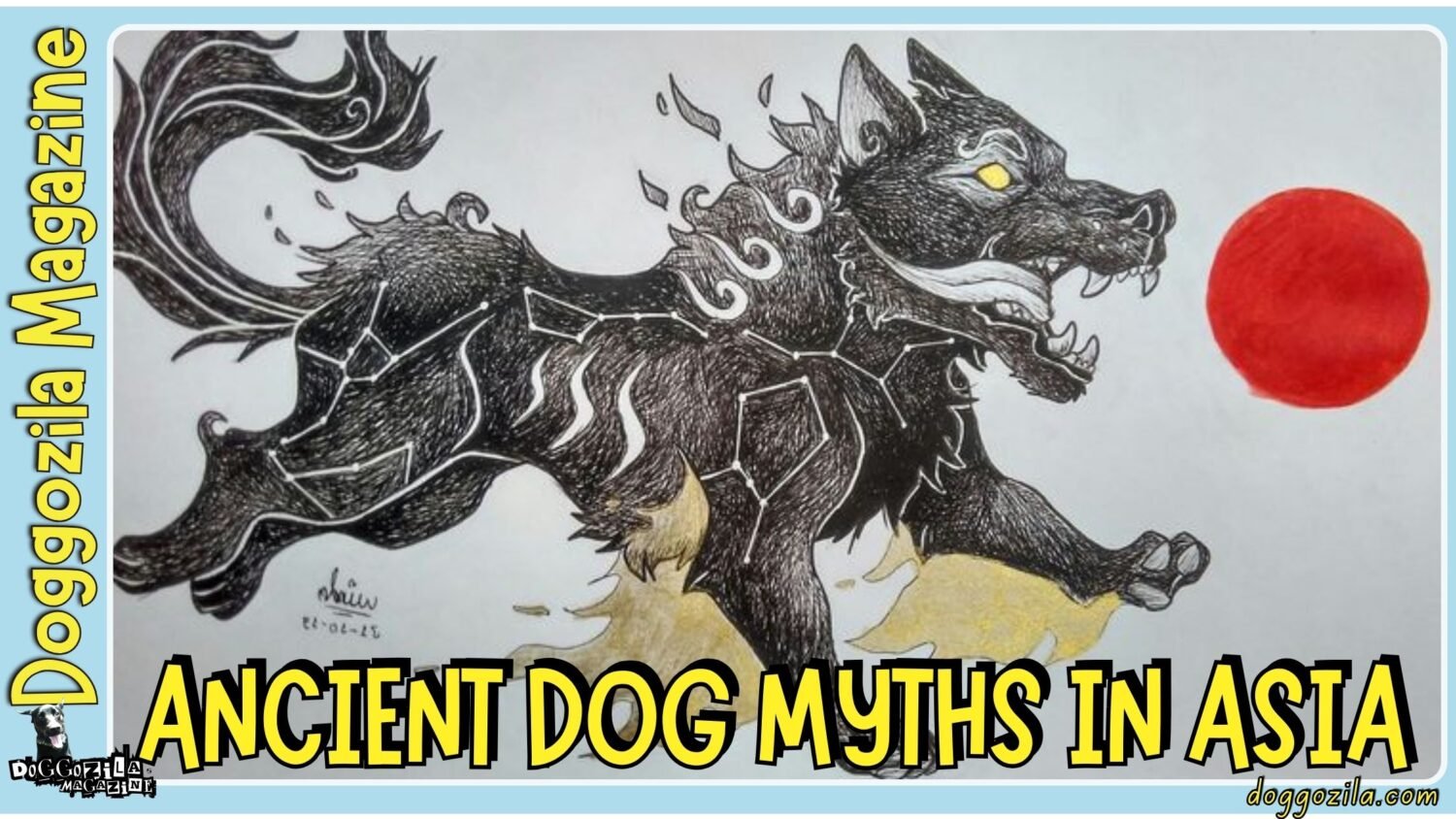Pollen allergies in dogs, also known as atopic dermatitis or seasonal allergic rhinitis, occur when a dog’s immune system overreacts to pollen from various plants, trees, and grasses. This condition is characterized by an abnormal response to normally harmless substances, which leads to inflammation and discomfort. Unlike other allergies, such as food or flea allergies, pollen allergies are typically seasonal and fluctuate based on environmental factors.
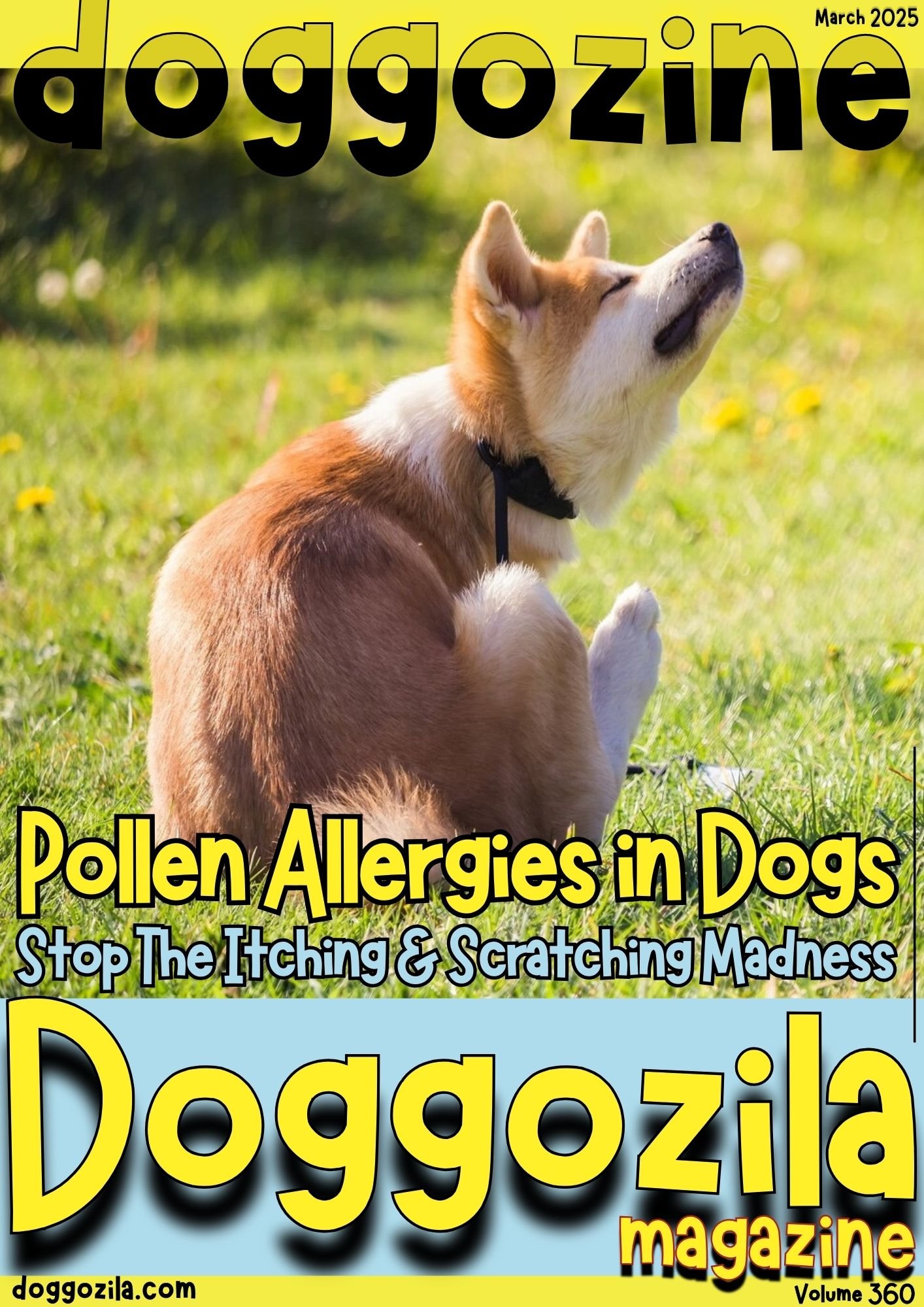
UNDERSTANDING POLLEN ALLERGIES IN DOGS: WHY YOUR PUP IS ITCHING LIKE CRAZY
Pollen allergies in dogs are way more than just a seasonal nuisance – they’re a full-blown immune system freakout that turns your dog into a scratching, licking, ear-shaking machine. Unlike humans who get the sniffles, our canine pals usually develop crazy-itchy skin that drives them (and you) absolutely bonkers. These allergies, officially called atopic dermatitis, are one of the most common reasons for vet visits when the flowers start blooming. The wild part? Your dog can suddenly develop pollen allergies at any age, even if they’ve never had issues before. And get this – some breeds are basically walking allergy magnets thanks to their genetics.
What Causes Pollen Allergies in Dogs?
When pollen allergies in dogs strike, it’s like your pup’s immune system has gone completely haywire, mistaking harmless tree or grass pollen for dangerous invaders. This triggers an inflammatory party in their skin that results in relentless itching, redness, and discomfort. The usual suspects include oak, ragweed, birch, and various grass pollen’s that vary by season and location.
Spring and fall are peak misery times, but in some areas, pollen allergies in dogs can be a year-round nightmare. What’s really fascinating is that dogs absorb these allergens mainly through their skin, not just by breathing them in like we do. And here’s a fun fact – city dogs often show worse symptoms because pollution makes pollen even more irritating to their systems!
How Common Are Pollen Allergies in Dogs?
You might be shocked to learn that pollen allergies in dogs affect about 10-15% of all pups, making them one of the top reasons for itchy dog syndrome. Certain breeds like Golden Retrievers, Bulldogs, and various Terriers are basically walking allergy time bombs due to their genetic makeup.
Studies show that if both dog parents have allergies, their puppies have a whopping 60-80% chance of developing them too. Urban areas are seeing a rise in cases, possibly because of climate change extending pollen seasons. And here’s a head-scratcher – indoor dogs aren’t safe either, since pollen particles can hitch a ride inside on clothes and shoes!
The History of Pollen Allergies in Dogs
The scientific understanding of pollen allergies in dogs has come a long way since veterinarians first started puzzling over “summer eczema” cases back in the 1960s. Early treatments were pretty crude – think heavy-duty steroids with nasty side effects.
The big breakthrough came in the 1980s with the development of proper allergy testing for dogs. Today, we know so much more about why some dogs turn into itchy messes during pollen season. Modern research is even exploring how a dog’s gut microbiome might influence their allergy responses. It’s amazing how far we’ve come from just slapping on some ointment to today’s targeted immunotherapies!
🔑 Key Points: Overall, the combination of an individual dog’s immune response, the environment they are exposed to, and their genetic background contributes to the development of pollen allergies. Understanding these factors can help pet owners identify and manage this condition effectively, ensuring the well-being of their beloved companions.

RECOGNIZING SYMPTOMS OF POLLEN ALLERGIES IN DOGS: IS YOUR DOG SECRETLY SUFFERING?
Pollen allergies in dogs create a whole different set of problems than what humans experience – forget the sneezing fits, your dog is more likely to scratch themselves bald! These allergies typically show up as skin issues that drive both dogs and their owners up the wall. The symptoms can range from mildly annoying to downright debilitating, and they often get worse each year if left untreated. Many owners mistake these signs for normal dog behavior at first, not realizing their poor pup is actually really uncomfortable. The tricky part? These symptoms often overlap with other conditions, making pollen allergies in dogs a real detective challenge.
Itching & Scratching (Pruritus) – The Never-Ending Battle
When pollen allergies in dogs strike, the itching is next-level intense – we’re talking can’t-sleep, can’t-relent, driving-the-whole-house-crazy scratching. Dogs will rub their faces on carpets, chew their paws raw, and scratch their bellies until they’re red and inflamed.
Some pups develop a signature “allergy scratch” where they do that hilarious but sad back-leg kick while biting at their side. The worst spots are usually between the toes, around the eyes, and along the belly where skin is thinnest. And here’s the kicker – all this scratching can lead to secondary infections that make everything ten times worse!
Recurrent Ear Infections – The Stinky Side Effect
One of the hallmark signs of pollen allergies in dogs is chronic ear issues that just won’t quit. These aren’t your average ear problems – we’re talking yeasty, smelly, gunky messes that keep coming back no matter how much you clean. Dogs will shake their heads like they’re at a heavy metal concert and scratch at their ears until they develop painful hematomas.
The ears often look red and inflamed inside, with a distinct “corn chip” smell from yeast overgrowth. Some dogs get so uncomfortable they’ll hold their heads tilted to one side. And get this – for some dogs, ear infections might be the ONLY visible sign of pollen allergies!
Red, Inflamed Skin & Hot Spots – The Allergy Aftermath
When pollen allergies in dogs rage out of control, the skin becomes a battlefield of redness, rashes, and oozy hot spots. These angry red patches can appear anywhere but love to pop up on the chest, armpits, and groin areas. Hot spots (acute moist dermatitis) develop when all that scratching and licking breaks the skin barrier, creating perfect breeding grounds for bacteria.
Some dogs get “allergy lines” – dark staining on their paws and belly from constant licking. The skin might also thicken and darken over time in chronic cases, a condition called lichenification. It’s heartbreaking to see your stylish pup turn into a patchy, scabby mess!
Less Common Respiratory Symptoms – The Sneaky Signs
While most pollen allergies in dogs show up as skin issues, some unlucky pups do get classic hay fever symptoms too. You might notice sneezing fits, watery eyes, or even a weird reverse sneezing sound that freaks out first-time dog owners.
Some dogs develop a chronic cough or wheeze that mimics asthma. These respiratory signs are more common in brachycephalic dog breeds (think Pugs and Bulldogs) with their already compromised airways. The tricky part is these symptoms can easily be mistaken for kennel cough or other respiratory infections. Always worth mentioning to your vet if they coincide with pollen season!
🔑 Key Points: One of the most common indicators of pollen allergies in dogs is itching or excessive scratching and hives can also appear on the dog’s skin. Eye irritation is another prevalent symptom associated with pollen allergies in dogs. Sneezing is another common sign. Behavioral changes can also be a subtle yet important signal of pollen allergies.

DIAGNOSING POLLEN ALLERGIES IN DOGS: PLAYING DETECTIVE WITH YOUR PUP’S ITCHINESS
Figuring out if your dog has pollen allergies isn’t as simple as checking the weather app – it takes some serious veterinary sleuthing! The diagnostic process for pollen allergies in dogs is like putting together an itch-inducing puzzle where every piece matters. Vets have to rule out dozens of other possible causes before landing on pollen as the culprit. And here’s the frustrating part – there’s no single perfect test, so your vet will likely use multiple approaches to crack the case. The good news? Modern veterinary medicine has some pretty cool tools to help identify exactly what’s making your pup miserable.
Intradermal Allergy Testing (Skin Test) – The Gold Standard
Think of this as the canine version of those allergy tests humans get, but way more interesting to watch! Your vet will shave a small patch of your dog’s side and inject tiny amounts of common allergens just under the skin. If your dog reacts to certain pollens, you’ll actually see little raised bumps (like mosquito bites) appear at the injection sites.
It’s like a secret code revealing exactly which plants are public enemy number one for your pup. The whole process takes about 20-30 minutes and gives the most accurate results available today. Just be prepared – your dog might look like they lost a fight with a tattoo artist for a couple days afterward!
Blood Tests (Serology) – The Less Itchy Alternative
For dogs who can’t handle the skin test (or owners who can’t bear to see their pup get poked so much), blood tests offer a decent alternative for diagnosing pollen allergies in dogs. The vet will draw a small blood sample and check for IgE antibodies against specific pollens.
While not quite as precise as skin testing, these tests are great for very itchy dogs who can’t stop scratching long enough for accurate skin results. The cool part? Some newer blood tests for dogs can check for over 100 different allergens at once, giving you a comprehensive allergy profile. Just remember – these tests work best when pollen allergies are in full swing, so timing matters!
Elimination Trials – The Food vs. Environment Showdown
Here’s where things get really interesting in the world of pollen allergies in dogs! Since food allergies can mimic environmental allergies, your vet might put your dog on an 8-12 week “allergy diet” trial. This involves feeding only a special hydrolyzed protein or novel protein diet (think kangaroo or alligator meat – fancy!) to rule out food reactions.
It’s like a science experiment where you’re the lab assistant carefully measuring every bite. The tricky part? Absolutely no cheating with treats, table scraps, or even flavored medications. If symptoms improve, food might be the culprit. If not, pollen allergies in dogs move to the top of the suspect list.
Ruling Out Other Conditions – The Great Allergy Mimickers
Before declaring pollen allergies in dogs as the definite diagnosis, your vet needs to eliminate some crafty imposters. Flea allergies can cause identical symptoms and only take one sneaky flea bite to trigger. Mange mites (both demodectic and sarcoptic) create similar intense itching patterns.
Bacterial or yeast infections often piggyback on allergies, complicating the picture. Your vet might do skin scrapings, cytology tests, or even trial treatments to cross these off the list. It’s like playing medical Clue – was it Professor Pollen in the backyard with the oak tree, or Colonel Flea in the living room with his itchy bite?
🔑 Key Points: Veterinarians usually begin by assessing the symptoms. Allergy testing can be conducted through blood tests or skin tests, both of which can help identify specific allergens that trigger the dog’s symptoms. The diagnostic process can include ruling out secondary infections that may arise due to the dog’s compromised skin or immune system as a result of persistent itching.

TREATMENT OPTIONS FOR POLLEN ALLERGIES IN DOGS: FROM QUICK FIXES TO LONG-TERM SOLUTIONS
When it comes to tackling pollen allergies in dogs, we’ve got more weapons in our arsenal than ever before! Treatment has evolved far beyond just loading dogs up with steroids (though those still have their place in emergencies). Today’s approach is all about finding the right combination of therapies to give your pup relief without unwanted side effects. The best plan often mixes immediate itch relief with long-term management strategies. And here’s some pawsitive news – about 80% of dogs with pollen allergies can achieve good control with proper treatment!
Antihistamines (Benadryl, Zyrtec) – The Old School Approach
Don’t expect human-level results from these familiar pills when it comes to pollen allergies in dogs – they only work well for about 30% of allergic pups. But they’re still worth trying because they’re safe, inexpensive, and can take the edge off mild symptoms.
The dosing is different for dogs (typically 1mg per pound of body weight), and some dogs do better with certain types (like chlorpheniramine for itchiness with hives). Pro tip: Give them before allergy season kicks in for best results. Just be prepared for some drowsiness – your energetic pup might turn into a couch potato temporarily!
Immunotherapy (Allergy Shots or Drops) – The Long Game
This is where modern medicine gets really clever with pollen allergies in dogs! After identifying specific triggers through testing, your vet can create custom allergy shots or oral drops containing tiny amounts of those exact pollens.
It’s like teaching your dog’s immune system to chill out through gradual exposure. The catch? It takes 6-12 months to see full effects, so patience is key. But the payoff is huge – about 75% of dogs show significant improvement, with some becoming nearly symptom-free. The newest oral versions (given under the tongue) are especially convenient for needle-phobic pups!
Prescription Medications (Apoquel, Cytopoint) – The Heavy Artillery
When pollen allergies in dogs turn into full-blown itch emergencies, these newer medications can be absolute game-changers! Apoquel works faster than steroids (within 4 hours!) to block itch signals at the source. Cytopoint is an injectable that provides 4-8 weeks of relief by targeting itch-specific proteins.
Both are much safer long-term than traditional steroids, though they come with higher price tags. Some vets use them as “rescue meds” during peak pollen seasons while immunotherapy kicks in. The best part? No drunken stoner side effects like you see with prednisone!
Medicated Shampoos & Topicals – The First Line of Defense
Don’t underestimate the power of a good bath when battling pollen allergies in dogs! Special shampoos do double duty – washing away pollen allergens while soothing inflamed skin. Look for formulas with oatmeal, phytosphingosine, or antimicrobial ingredients for maximum relief.
Leave-on conditioners and sprays can extend the benefits between baths. For hot spots, your vet might prescribe antibiotic/steroid sprays that work like magic. Pro tip: After outdoor adventures, a quick paw rinse can prevent pollen from being tracked all over your house (and your dog’s skin)!
🔑 Key Points: Immediate relief often involves the use of antihistamines, which can reduce itching and promote comfort. In addition to antihistamines, corticosteroids may be prescribed for more severe allergic reactions. For long-term management of pollen allergies, immunotherapy is a viable option. Diet changes can also play a significant role in managing allergy symptoms. Minimizing exposure to pollen is crucial in managing symptoms effectively.
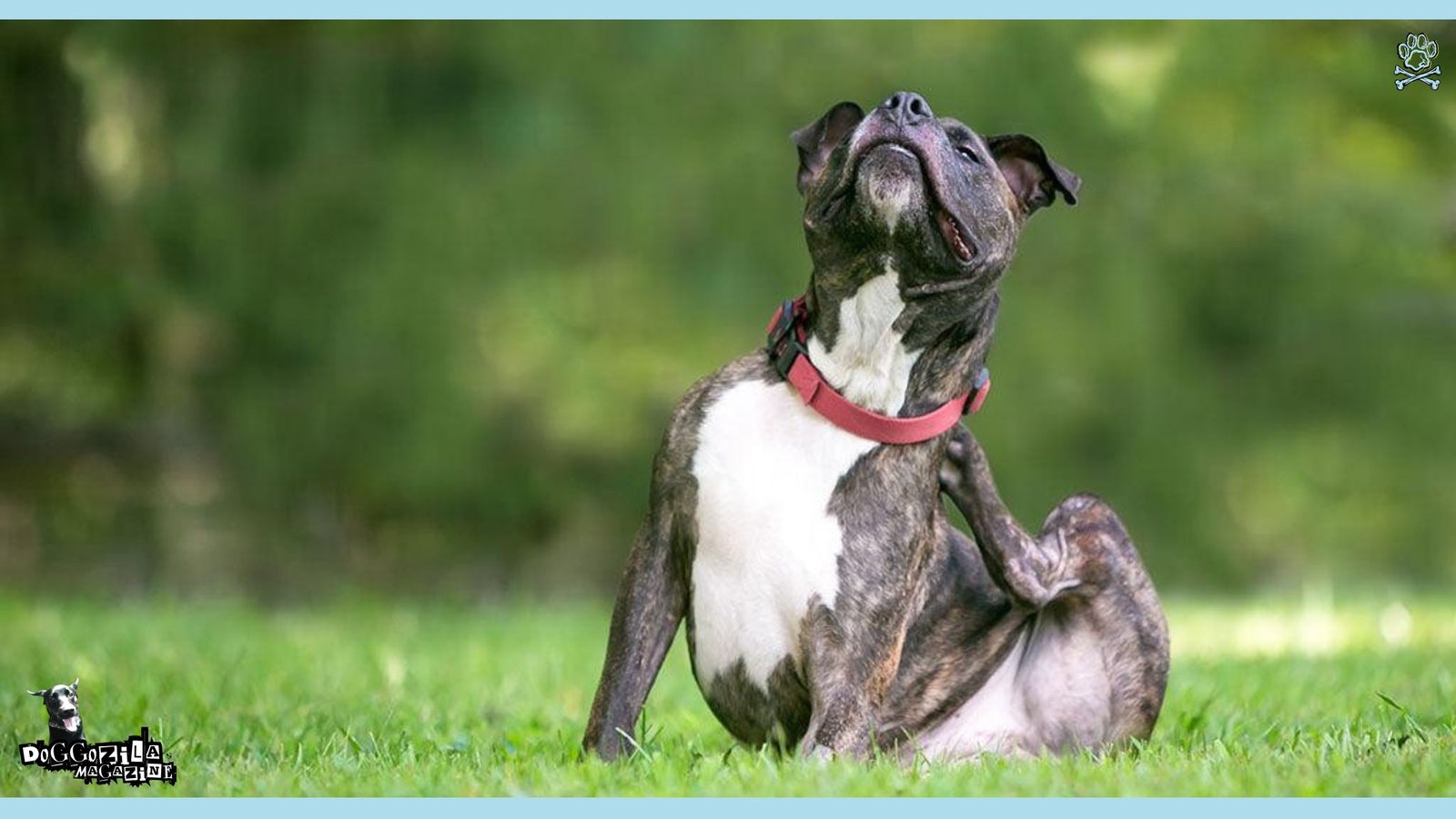
PREVENTING POLLEN ALLERGY FLARE-UPS: OUTSMARTING MOTHER NATURE
Managing pollen allergies in dogs isn’t just about treating symptoms – it’s about preventing them whenever possible! Think of your dog as a furry pollen magnet that needs regular demagnetizing. With some clever strategies, you can significantly reduce your pup’s exposure to those pesky allergens. The key is creating multiple layers of defense, both inside your home and during outdoor activities. Bonus? Many of these prevention tips will help your human allergy sufferers too!
Wipe Paws & Coat After Outdoors – The Pollen Removal Ritual
Make post-potty wipe-downs as routine as your morning coffee! Keep hypoallergenic grooming wipes by every door and give your dog a quick once-over after outdoor time. Pay special attention to paws (between toes especially!), bellies, and faces where pollen loves to cling.
For heavy pollen days, consider a full-body rinse with plain water (no shampoo needed). This simple habit can remove up to 80% of surface allergens before they cause trouble. Our favorite hack? Keep a damp washcloth in a ziplock in your walking bag for on-the-go cleanups!
Keep Windows Closed During High Pollen Days – The Indoor Fortress
Your dog’s version of a pollen apocalypse bunker is a well-sealed house with HEPA filters running! Track local pollen counts (there are great apps for this) and keep windows closed when counts spike. Run air conditioning instead, which filters incoming air.
Create a designated “clean zone” (usually the bedroom) where your allergic dog spends most of their time. Pro tip: Pollen counts are highest in early morning and late afternoon, so adjust walk times accordingly. And remember – window screens don’t stop pollen, they just give it something to cling to before blowing inside!
Check 5-in-1 Dog Grooming Kit with Vacuum Below!

Use HEPA Air Filters at Home – The Silent Allergy Warriors
Not all air purifiers are created equal when fighting pollen allergies in dogs! Look for true HEPA filters that can trap microscopic pollen particles (aim for one that covers your room size). Place units where your dog sleeps and spends the most time.
Don’t forget to change filters regularly – a clogged filter just blows allergens around. Some of the newest models even connect to apps that alert you when indoor air quality drops. For bonus points, add a HEPA vacuum to your arsenal and use it frequently during pollen season!
Regular Bathing with Hypoallergenic Shampoo – The Spa Treatment
Turn bath time into allergy defense time with the right washing strategy! Weekly baths with gentle, soap-free shampoos can physically remove pollen from your dog’s coat and skin. Look for formulas with soothing ingredients like aloe vera or ceramides to repair the skin barrier.
For severe cases, your vet might recommend twice-weekly baths during peak season. Always follow with a conditioner to prevent dryness (cracked skin lets in more allergens!). Pro tip: Let the shampoo sit for 5-10 minutes before rinsing for maximum pollen-removing power!
🔑 Key Points: One of the most effective strategies is regular grooming. It is beneficial to restrict outdoor activities during peak pollen seasons. Using air filters with HEPA technology in the home is another effective preventive measure. Lastly, bathing your dog in water specifically designed to remove allergens can alleviate symptoms.
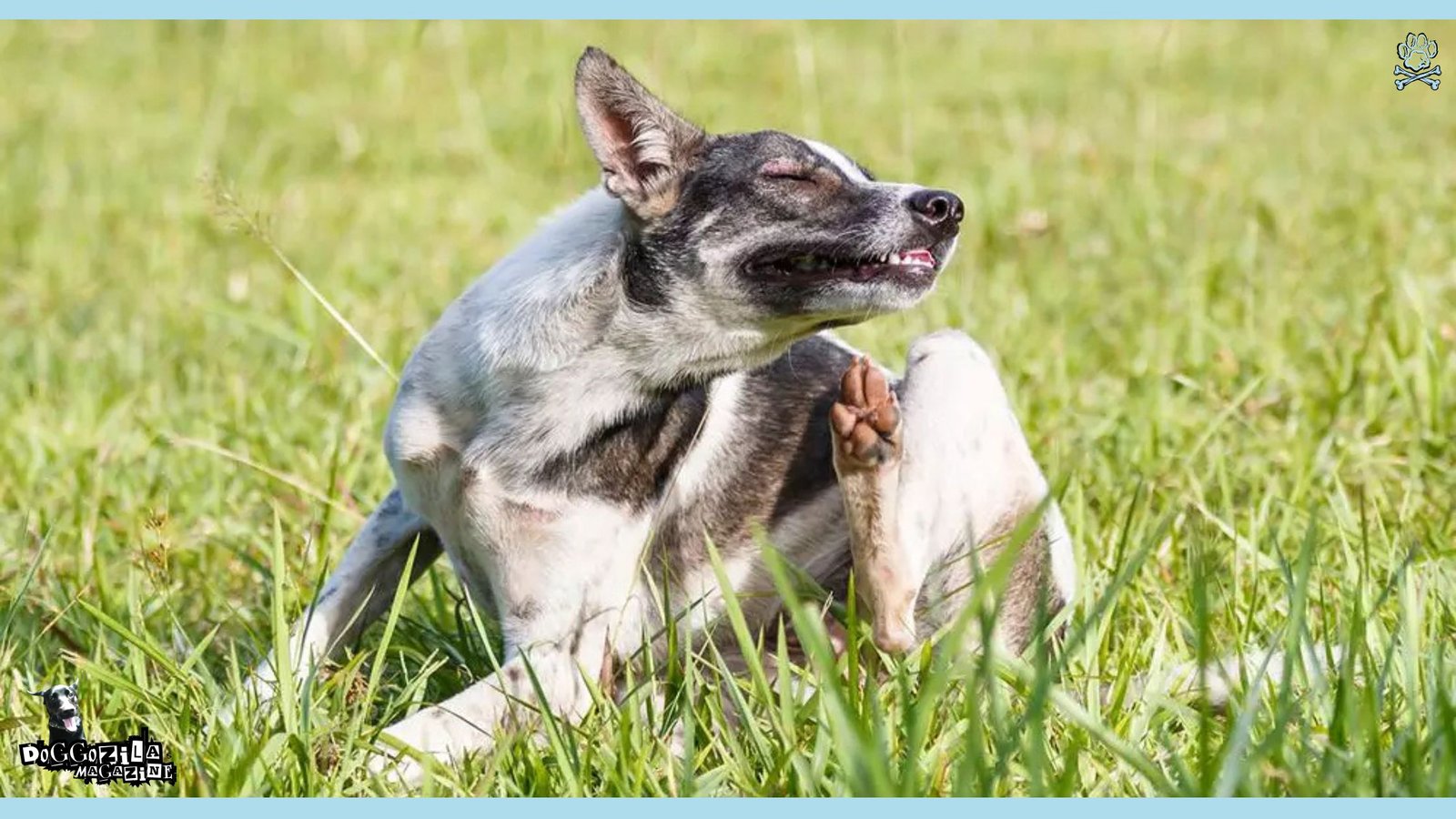
REAL-LIFE CASES & RESEARCH ON POLLEN ALLERGIES IN DOGS: SCIENCE MEETS SCRATCHES
The science behind pollen allergies in dogs is constantly evolving, with researchers uncovering new insights every year. From groundbreaking treatment studies to surprising breed predispositions, the data helps us better understand and manage this frustrating condition. Let’s look at some real-world examples that show how far we’ve come in treating allergic pups!
Study: Immunotherapy Success Rates – The Numbers Don’t Lie
A landmark 2020 study from the University of California followed 500 dogs with pollen allergies undergoing immunotherapy. After one year, a whopping 75% showed significant improvement, with 40% achieving near-total symptom control. Even more impressive? Dogs who stuck with the treatment for 3+ years maintained their improvement with lower medication needs.
The study also found that starting immunotherapy early (within 2 years of symptom onset) led to better outcomes. This research confirms that while immunotherapy requires patience, it’s one of the most effective long-term solutions for pollen allergies in dogs!
Case Study: Max the Labrador – From Itchy to Awesome
Max’s story is typical of many dogs with pollen allergies – what started as occasional paw licking at age 2 escalated to constant scratching, ear infections, and bald patches by age 4. His turning point came with intradermal allergy testing revealing severe reactions to oak and grass pollens.
After starting custom allergy shots combined with weekly medicated baths, Max’s symptoms improved by 80% within 9 months. Now at age 7, he only needs occasional Apoquel during peak pollen weeks. Max’s success shows how comprehensive management can transform a dog’s quality of life!
Research on Breed Predispositions – The Allergy Lottery
A massive 2018 UK study analyzed veterinary records of over 50,000 dogs to identify breed risks for pollen allergies. West Highland White Terriers topped the list (with 3x higher incidence than mixed breeds), followed by French Bulldogs and Boxers. Surprisingly, some breeds like Beagles showed much lower rates despite similar exposure.
Genetic analysis suggests certain breeds have variations in skin barrier proteins and immune responses that make them allergy magnets. This research helps explain why two dogs in the same household can have completely different reactions to pollen!
🔑 Key Points: So,starting immunotherapy early will lead to better outcomes. Starting custom allergy shots combined with weekly medicated baths, symptoms can be improved by 80%. Genetic analysis suggests that certain breeds have variations in skin barrier proteins and immune responses that make them allergy magnets.
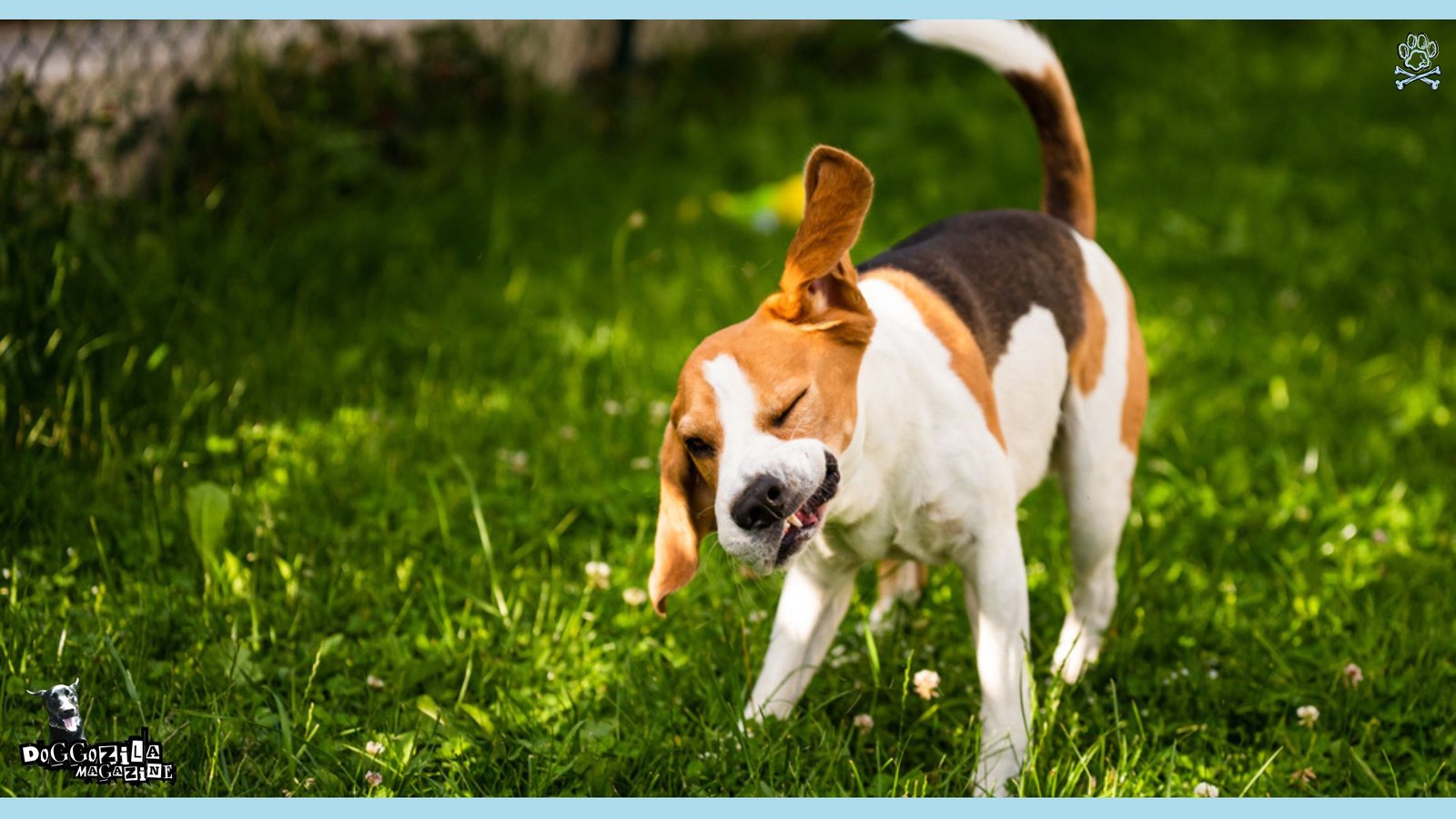
WHEN TO SEE A VET & LONG-TERM OUTLOOK: YOUR ACTION PLAN
Knowing when to seek professional help for pollen allergies in dogs can mean the difference between quick relief and months of misery. While mild cases might respond to home care, certain red flags demand veterinary attention. Let’s break down the warning signs and what you can expect for your pup’s future!
Emergency Signs (Infections, Severe Itching) – The Red Flags
If your dog’s scratching has created open wounds, bloody spots, or obvious pain, it’s vet time ASAP. Other danger signs include lethargy, loss of appetite, or foul-smelling skin – all suggesting serious secondary infections. Dogs who scratch constantly through the night or seem distressed despite home remedies need professional help. Remember – severe itching isn’t just uncomfortable, it can lead to dangerous skin breakdown and systemic infections if left untreated!
Can Pollen Allergies Be Cured? – The Honest Truth
Here’s the real deal about pollen allergies in dogs – while there’s no magic cure, most cases can be well-managed with today’s treatments. About 20% of dogs may “outgrow” mild allergies, but for most, it’s a lifelong condition that requires ongoing care. The good news? With proper management, nearly all allergic dogs can enjoy a great quality of life.
Many eventually need less medication as immunotherapy takes effect or as they age (senior dogs often show milder symptoms). Think of it like human allergies – you can’t wish them away, but you can definitely keep them under control!
Future Treatments in Development – The Next Frontier
The future looks bright for dogs with pollen allergies! Researchers are working on next-gen treatments like monoclonal antibody therapy (similar to human allergy biologics) that could provide longer relief with fewer side effects. Other studies are exploring probiotic formulations to modulate the immune response from the gut.
Gene therapy research may one day help “switch off” overactive allergic responses in predisposed breeds. While these innovations are still years away, they promise even better solutions for pollen allergies in dogs!
Final Thoughts: Winning the Battle Against Pollen Allergies in Dogs
Living with a dog who has pollen allergies can feel like an endless battle against itchiness, but armed with the right knowledge and tools, you can help your pup enjoy every season comfortably. Remember – early intervention is key to preventing chronic skin damage and secondary infections. Work closely with your veterinarian to create a personalized plan that might include immunotherapy, prescription meds, and smart prevention strategies.
Track your dog’s symptoms to identify patterns and triggers. Most importantly, don’t get discouraged if the first treatment attempt isn’t perfect – managing pollen allergies in dogs often requires some trial and error to find the ideal approach for your individual pup. With patience and persistence, you can turn your itchy, miserable dog back into the happy, comfortable companion you know and love!
This comprehensive guide combines cutting-edge research with practical advice to help dog owners navigate the challenging world of pollen allergies. By understanding the causes, recognizing symptoms early, and implementing effective treatments, you can make a huge difference in your allergic dog’s quality of life.
Here’s to more tail wags and less scratching!




